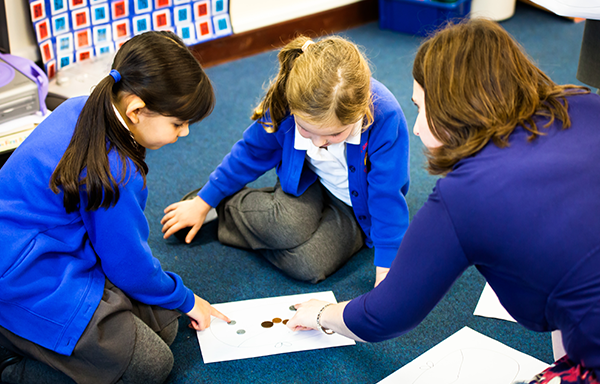Small group language intervention: tips for successful generalisation

Language groups are an opportunity for children with language and communication needs to participate in activities focused on developing their language and communication skills. They run every day in schools across the UK with children for whom universal strategies and a communication friendly environment alone do not meet their needs. Our goal with any language intervention must be to make a meaningful impact on the child’s language and communication skills. For this, we need the children who have participated in the group to generalise – to apply the knowledge and skills gained in the language group to other settings. For some, generalisation from the group into other settings such as the classroom and playground can be a real challenge. With this in mind, here are some tips for how you can support generalisation.
Work with the class teacher to identify generalisation opportunities
Share the vocabulary and concepts that you’re going to be targeting with the class teacher and work together to identify consolidation activities that can be incorporated into the school day. The Infant and Junior Language Link packages include ‘Teacher Guidance Notes’ which will support you to do this. They highlight the target vocabulary and skills for each session and provide ideas for consolidation activities.
Take your session out of the intervention room
Once you’ve introduced your target concept or vocabulary in your intervention room or usual quiet space, think about how you can provide opportunities to experience it in a different context. For example, if you’ve been working on the concepts ‘same’ and ‘different’ you could take the group out to the mud kitchen and spend a session focusing on providing a good model for these concepts in context. Alternatively, you could take a walk around the school with a tablet, encouraging the group to find as many different versions of something as they can (e.g., different chairs!) and talk about their similarities and differences (e.g., they’re the same size but this one’s blue and this one’s green).
Create a working wall in the classroom
If you have the space to do so, create a working wall in the classroom on which you share the target concepts and vocabulary, along with examples of activities you’ve been doing in the group. Could you attach an activity that the group can demonstrate to their peers during circle time or to use during wet play. This will act as a reminder for your group participants (and the class teacher) of what you’ve been working on together and be an opportunity for the children to share what they’ve been doing with their friends.
Share target vocabulary and concepts with the child’s family
Under the ‘Involve Parents’ tab in the Infant and Junior Language Link packages you will find advice sheets for parents. These give guidance on how families can support the development of the key vocabulary and concepts targeted in the groups at home. When learning a new word, children need to build a rich web of associations between the new word and words they already know.
For more information on how Language Link can offer the support needed to help children generalise the skills they have learnt in interventions, visit:
speech and language.info